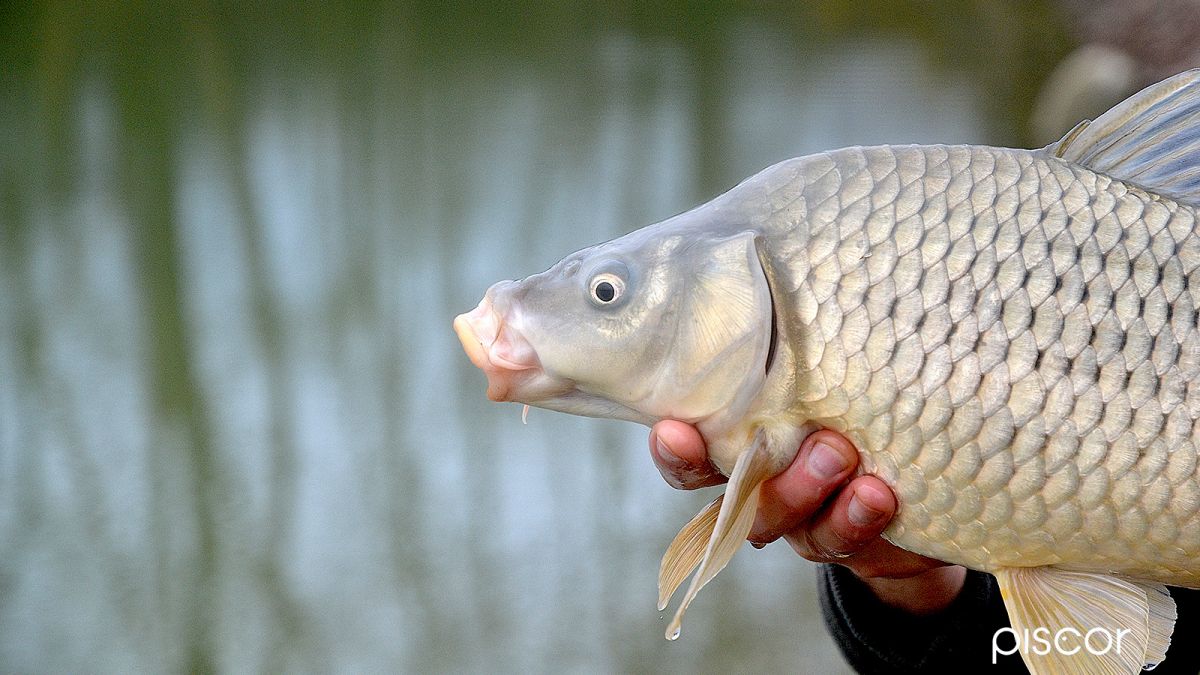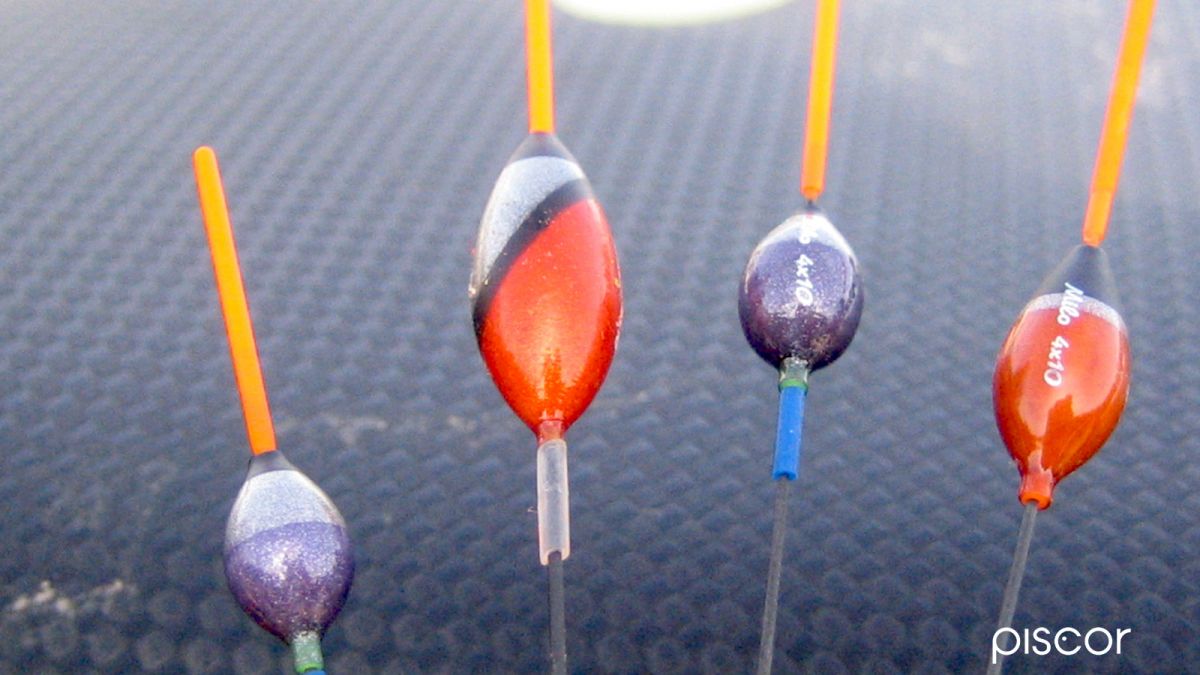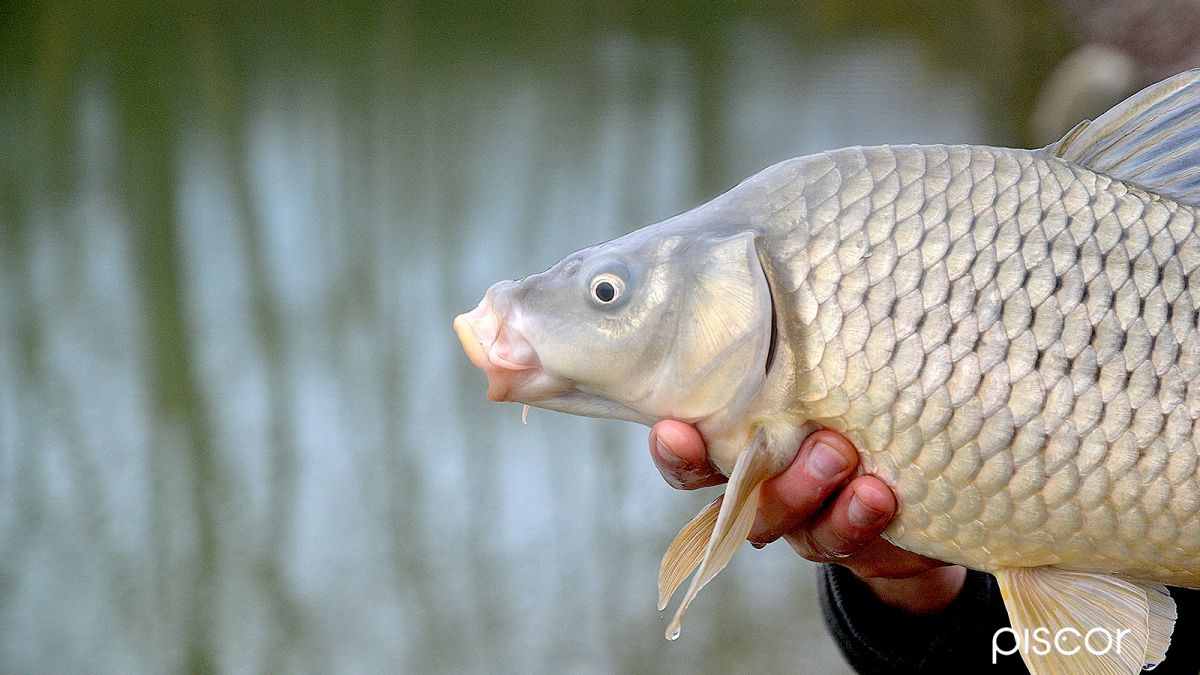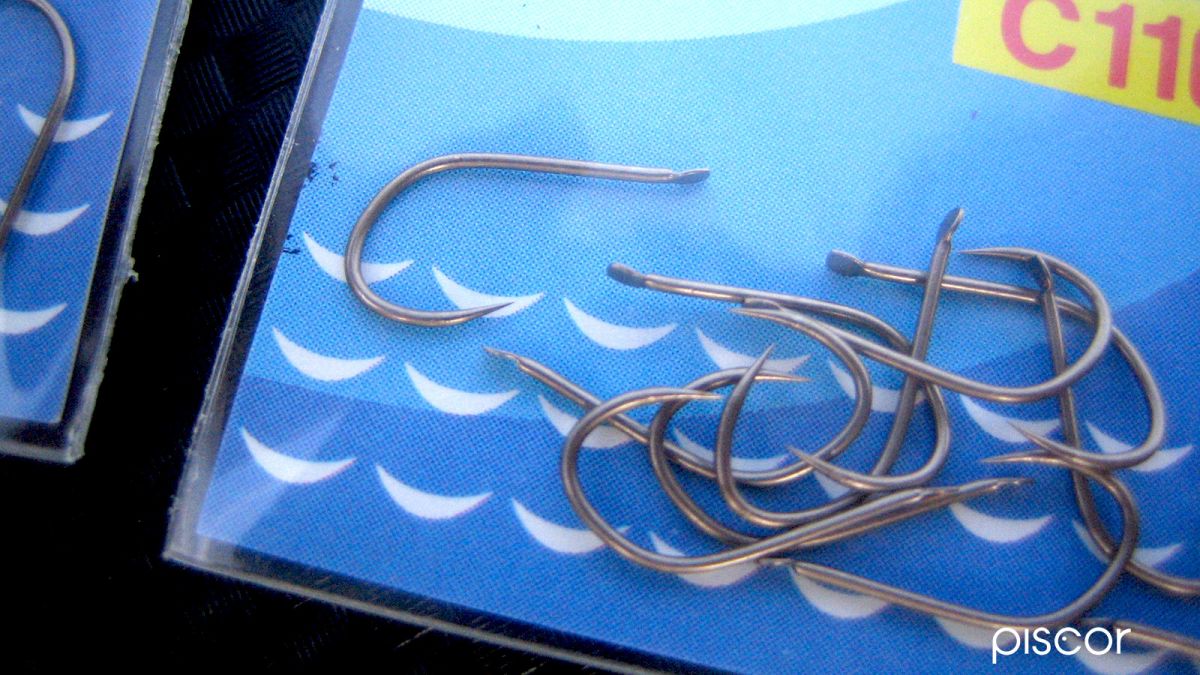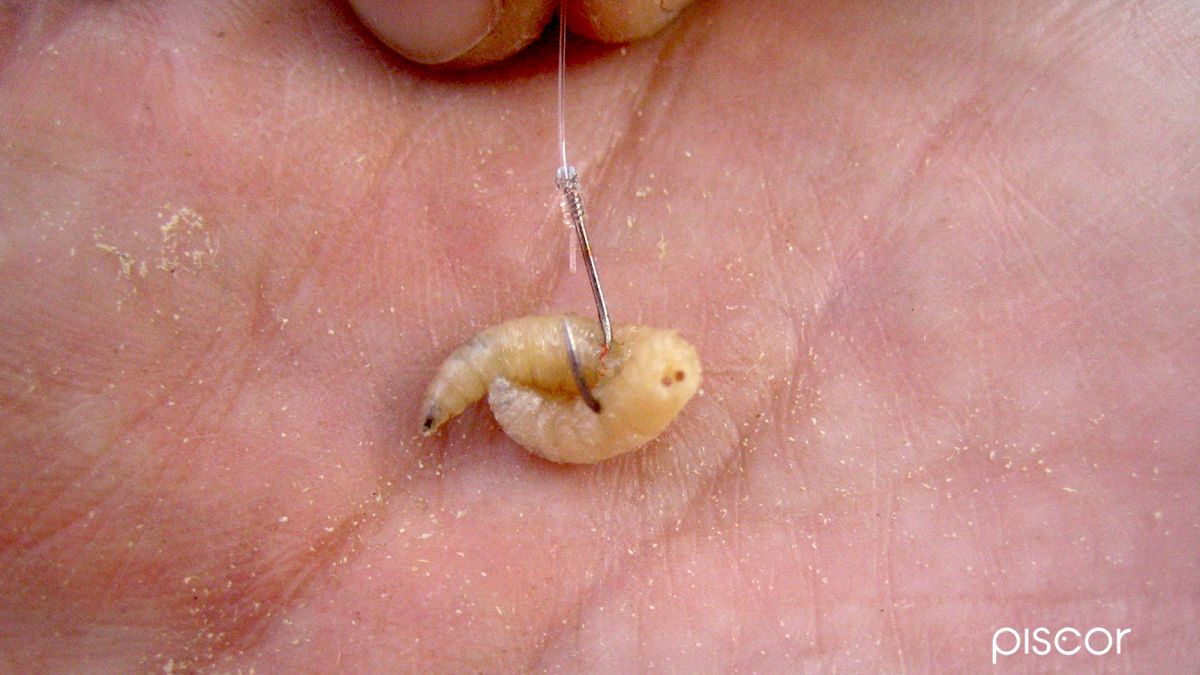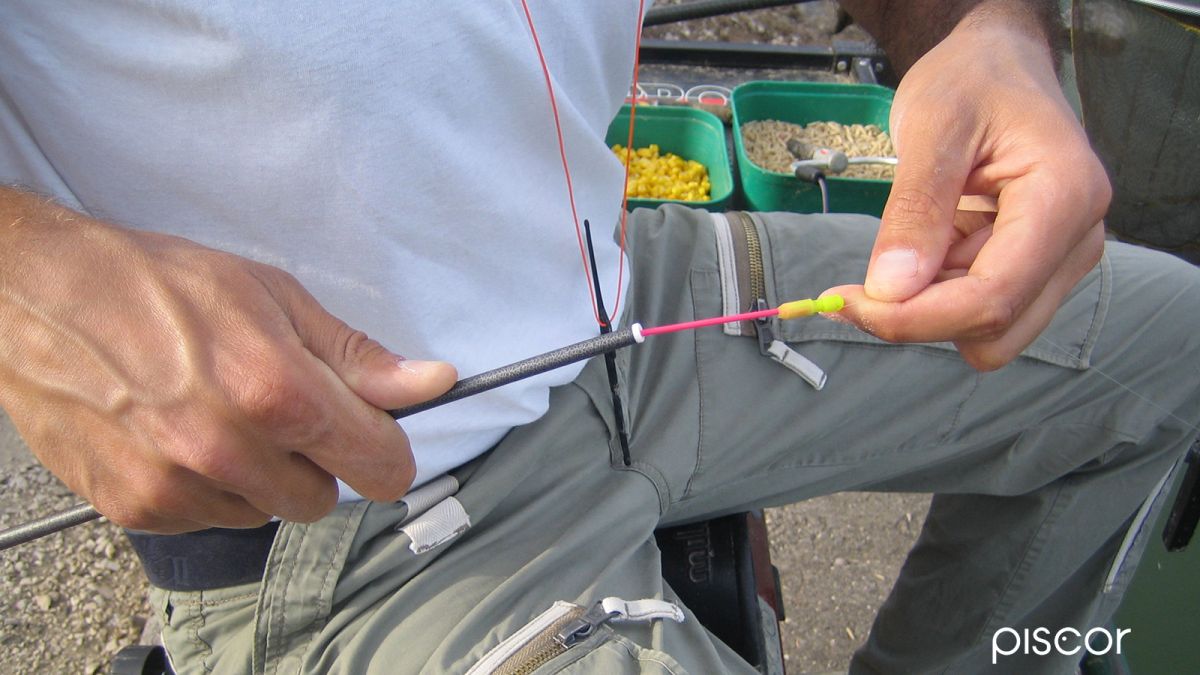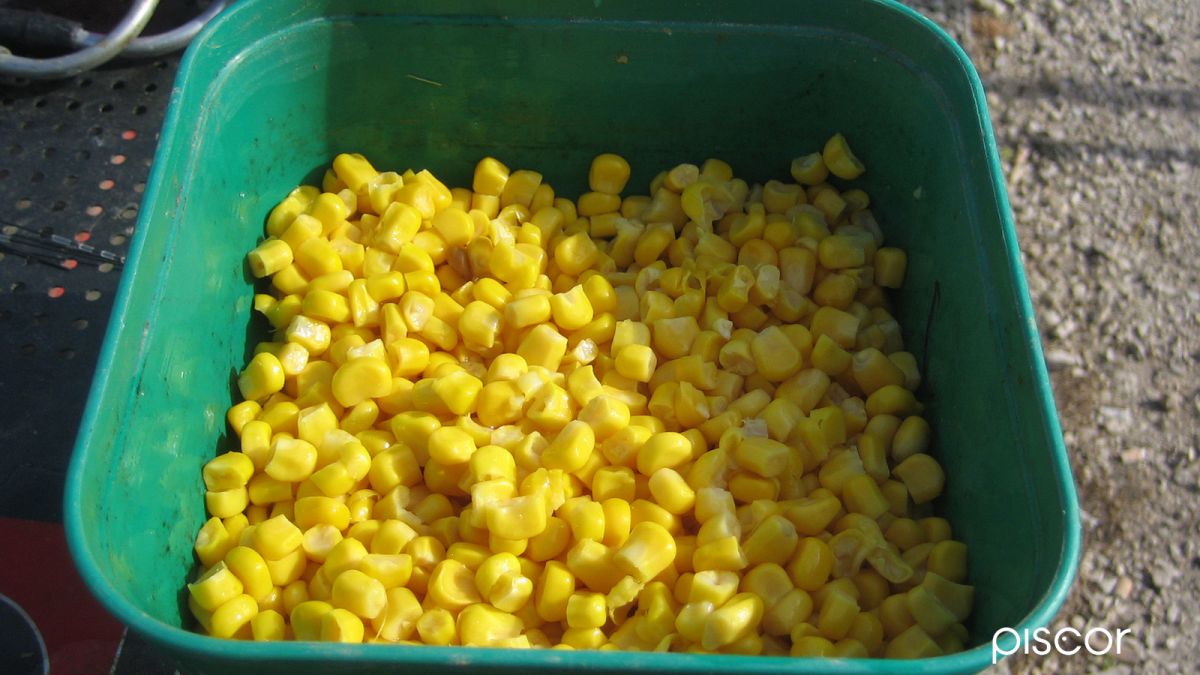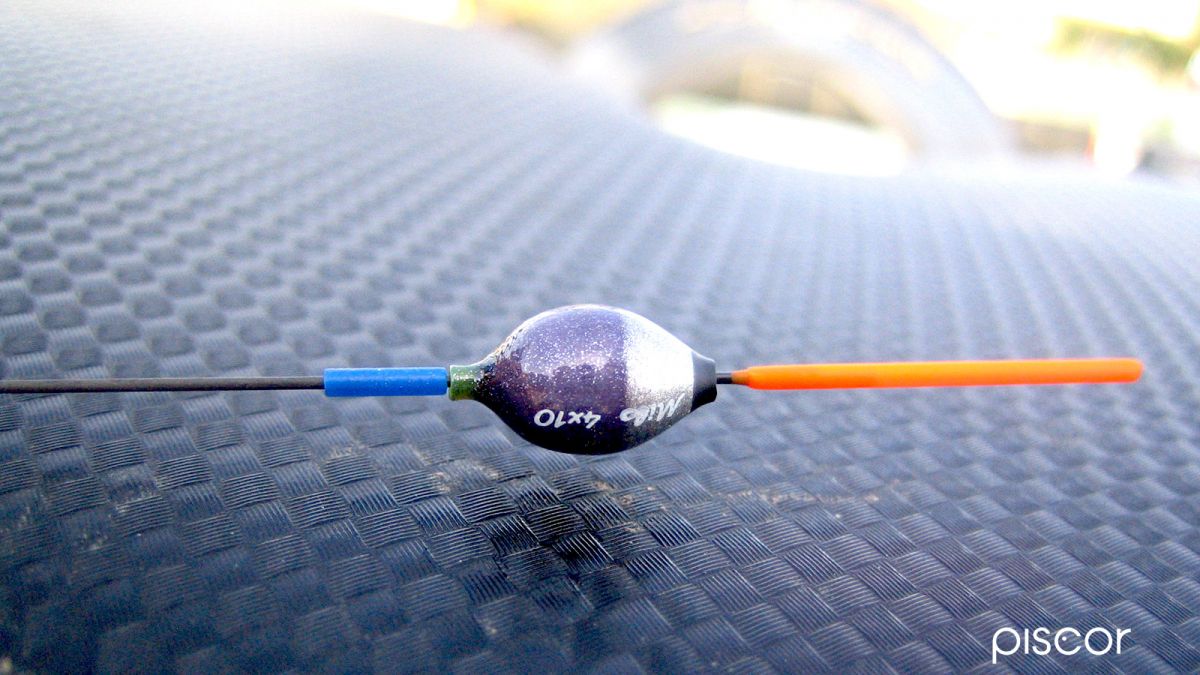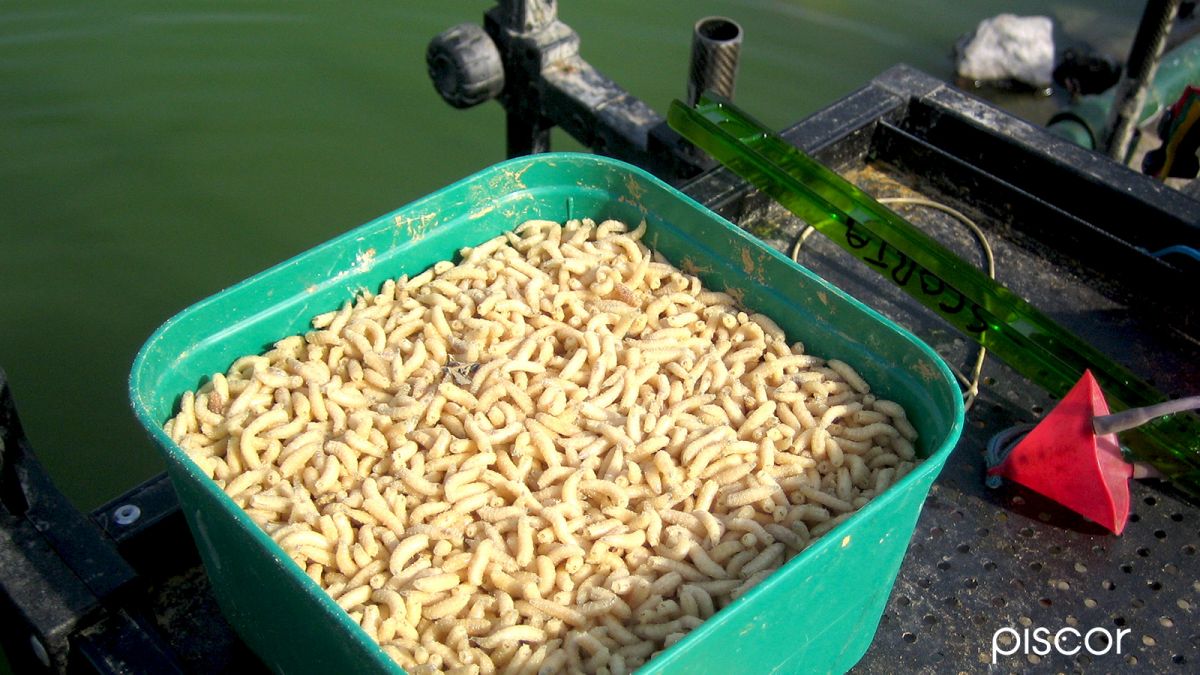Carp fishing, in specialized places, is a real style that requires some important measures to speed up and make mechanical the entire action of the fisherman. For this reason, especially when it comes to float fishing, it is legitimate to speak of "art".
The term carpodrom, in the ninety percent of cases, mainly in summer and hot weather in general, indicates a lake full of carp where fishing is not carried out in a fine and research, but through an approach based on maximum speed.
With this premise we do not want to say that the game is simple, because when you have to zero downtime by increasing exponentially the number of catches is very important not to underestimate anything, so as to make the fishing exquisitely technical.
It is precisely the apparently simpler fishing, in fact, to become the most complex during a competition, since when it is easy to make a catch, either for the low distrust of a fish or for the high concentration of prey to pull the rod, it becomes essential the constancy and cleanliness of movements.
Float fishing, which is the most popular during the summer, is the one that best represents the soul of the carpodrom, combining in itself speed of execution, firmness and precision in terms of grazing, plus the ability to bring to the balance very high weights.
Simple, but effective
To obtain a homogeneous and unhurt fishing action, it is essential to have a very simple and effective frame, to avoid uncomfortable tangles that would reduce the fishing time and increase, in turn, dead times.
Building a fishing line to float in a carpodrom means having an extremely light signal, like 0.10 or 0.20 g, which can be calibrated with the minimum amount of lead.
At this point, considering the weight of the hook and bait, it will be sufficient to add just one or two pellets on the line, usually of the number eight or seven. In this kind of fishing, in fact, you should not make the mistake of preferring too small leads.
There are two reasons: the first concerns the difficulty of "stapling" a tiny lead on a nylon of generous diameter which, once carried out with the relative difficulty of execution, would lead very easily to the loss of the leads during the strong stresses suffered by the wire in the phases of fighting with the fish.
In the second analysis, putting a few large leads, rather than many small ones, means having a line that is less susceptible to tangles and faster on entry into fishing. At this point, just stop the leads, or any pair of leads, at thirty centimeters from the hook and you're done.
The float
This object contains a lot of importance, expressing the right balance between resistance and sensitivity, as well as having to be short and compact, but equipped with an antenna not too thick.
The best solution is to have a through-signal that can hold the thread inside the body, to prevent the nylon itself from damaging the external surface during the carp joints.
At the same time, however, the painting of the balsa must be a double layer, just to avoid the formation of cracks that would lead the indicator to drink water. The drift, preferably in carbon or fiberglass, has the obligation to be very short, as well as the antenna. These two parts of the float, in fact, the longer they stretch, the more unbalanced the entry into fishing, without taking into account that the length is always the main ally of a breakage during an eventual unblocking with a consequent violent return of the elastic.
Hook and trigger
Before talking about the hook and the trigger, we would like to underline that in floating fishing in carpodrom it is not necessary to make the line with the buttonhole to host a rig built separately, but the hook must be tied directly on the main line. This is to have a more natural presentation of the bait and to give the nylon greater strength, since any knots present would weaken the breaking load of the monofilament.
Moving on to the hook, I would recommend without a shadow of a doubt a model without barb, but characterized by strong wire. Essential is the choice of a close shape, that is, with a short stem and wide curve, able to present at best the trigger of a single larva triggered in half, or a double trigger, always made with the larvae pinned horizontally.
Choosing a voluminous trigger, too thick, increases the number of disgorging, either because of the too much covering of the hook, which thus finds less grip in the mouth of the fish, or because of the longer time it takes for the carp to swallow the bite.
The elastic
The damper suitable for this type of fishing can be either traditional or hollow. Among the many habits there is that one to use a full elastic, imperatively of great diameter, therefore never smaller than 1,8 mm, but, often, also up to 2,1 mm.
The important thing, regardless of the model of the chosen damper, is that it is not yielding and that it maintains the right power even after countless catches.
The force of the elastic is used to slow down the start of the carp, but also to speed up the recovery of the same. If the assembly is made too soft, you risk to slash too many fish and lose too much time during the retrieving phases.
Calibration of the signaller
Two words must also be said for the calibration of the float, which, as in any other type of fishing, is always very important to obtain good results.
In surface fishing, precisely because of the speed of the fish eating and the greater resistance offered to sinking by a bite suspended in the water, rather than lying on the bottom, it is mandatory to have a perfectly calibrated indicator. This, however, does not mean to submerge it entirely but to let the antenna remain out of the water for a third of its length.
This is very important in order to avoid the need to retrieve continuously empty on the frequent bowls of the fish that are afloat near the line. If the signaller were too calibrated, in fact, the slightest movement of a carp would be enough to make it disappear under the liquid surface, not letting us understand when the sinking was due to a meal and when a "blow of the tail".
The length of the banniere
The term "banniere" refers to the portion of the line between the float and the tip of the rod. This stretch, when fishing in midwater or afloat of the white fish in general, must usually be long enough to lay the line out of the tip of the roubaisienne, which would normally scare the fish with its shadow on the water.
In the rapid fishing in carpodrom, on the contrary, the things are different. The banniere, in this specific case, must be made extremely short, to make sure to speed up the retrieving and reduce the empty starts. The right compromise between speed and maneuverability, thus avoiding to entangle the line during the flow of the roubaisienne forward and backward, is about 75-80 cm.
Baiting
Ultimately, we have arrived at the most important aspect of float fishing, that is, what is needed more than any other device to make a difference, transforming a discreet catch into one that is over the top.
Baiting, in fact, is the soul of the surface fishing, because in its constancy and in the quantity of the maggots thrown hides the success of every fisherman. In order to keep the fish within range of the rod, it is compulsory to slingshot the larvae with extreme regularity, that is, without passing too much time between one slingshot and the other, creating a continuous rain of baits over the head of our prey.
At the same time, however, it is very important to understand the right amount of larvae that must be thrown at each juncture of the catch, varying the number of maggots according to needs.
At the beginning of the catch, when it is necessary to attract the flock of carp in the area, as well as after the phases of a catch that has dispersed the fish rushed in a first time, you must force the amount of food. When, on the contrary, bites are constant and the fishes seem to be well present close to the hook, it is necessary to sip the thrown larvae with each throw, besides remembering that, if too many fishes are unloaded, or if many eaten are "smooth", it means that the carp are in a moment of too much accentuated alimentary frenzy and, therefore, it is better to lengthen the times between one slingshot and the following one.

